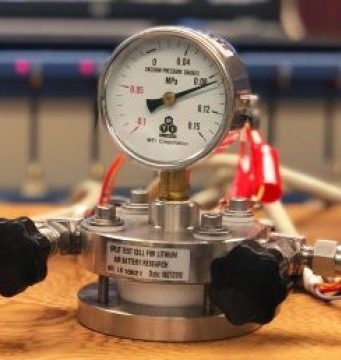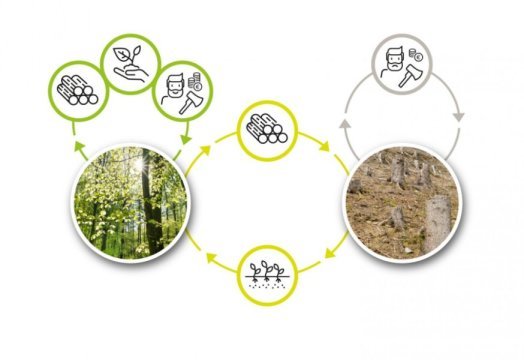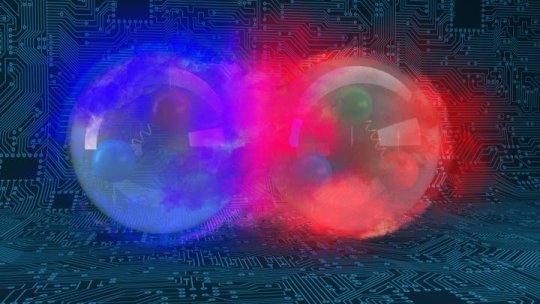G360 researchers found methane gas could travel far in groundwater and act as a powerful greenhouse gas.
Credit: Image courtesy of University of Guelph
Potentially explosive methane gas leaking from energy wells may travel extensively through groundwater and pose a safety...
Drexel researchers have shown that a recently discovered deformation phenomenon, called ripplocation, occurs in bulk materials when constrained during compression.Credit: Drexel University
Every material can bend and break. Through nearly a century's worth of research, scientists have had a pretty...
Plastic packaging might seem impenetrable -- and sometimes nearly impossible to remove -- but water molecules can still pass through. And this permeability to moisture can limit the lifespan of a product. To better protect goods such as electronics...
When German researchers zoomed in to the nanometer scale on time-lapse images of dissolving crystals, they found a surprise: Dissolution happened in pulses, marked by waves that spread just like ripples on a pond.
"What we see are waves or...
The interior of the fusion experiment Alcator C-Mod at MIT recently broke the plasma pressure record for a magnetic fusion device. The interior of the donut-shaped device confines plasma hotter than the interior of the sun, using high magnetic...
University of Delaware researcher Saleem Ali at the Diavik Diamond Mine, Yellowknife, Northwest Territories, Canada.
Credit: Courtesy of Saleem Ali, University of Delaware
An international team of researchers, led by the University of Delaware's Saleem Ali, says global resource governance and...
Computer visualisation of villi-like battery material.Credit: Teng Zhao
A new prototype of a lithium-sulphur battery -- which could have five times the energy density of a typical lithium-ion battery -- overcomes one of the key hurdles preventing their commercial development...
The maiden flight of The Delta took place on 19 March 2016 at the Sungai Rambai Aerodome in Malacca, in neighbouring Malaysia. The Delta is the lightest aircraft in the world that can take off and land with wheels...
A silk fibroin pin changes color from blue to red when the force applied reaches the material’s yield point. Source: Silk Lab
Tufts University engineers have created a new format of solids made from silk protein that can be preprogrammed...
Scientists at the Department of Energy's Oak Ridge National Laboratory are the first to successfully simulate an atomic nucleus using a quantum computer. The results, published in Physical Review Letters, demonstrate the ability of quantum systems to compute nuclear...
Scientists applaud the first detection of a "handed" molecule, (propylene oxide) in interstellar space. It was detected, primarily with the NSF's Green Bank Telescope, near the center of our Galaxy in Sagittarius (Sgr) B2, a massive star-forming region. Propylene...

















